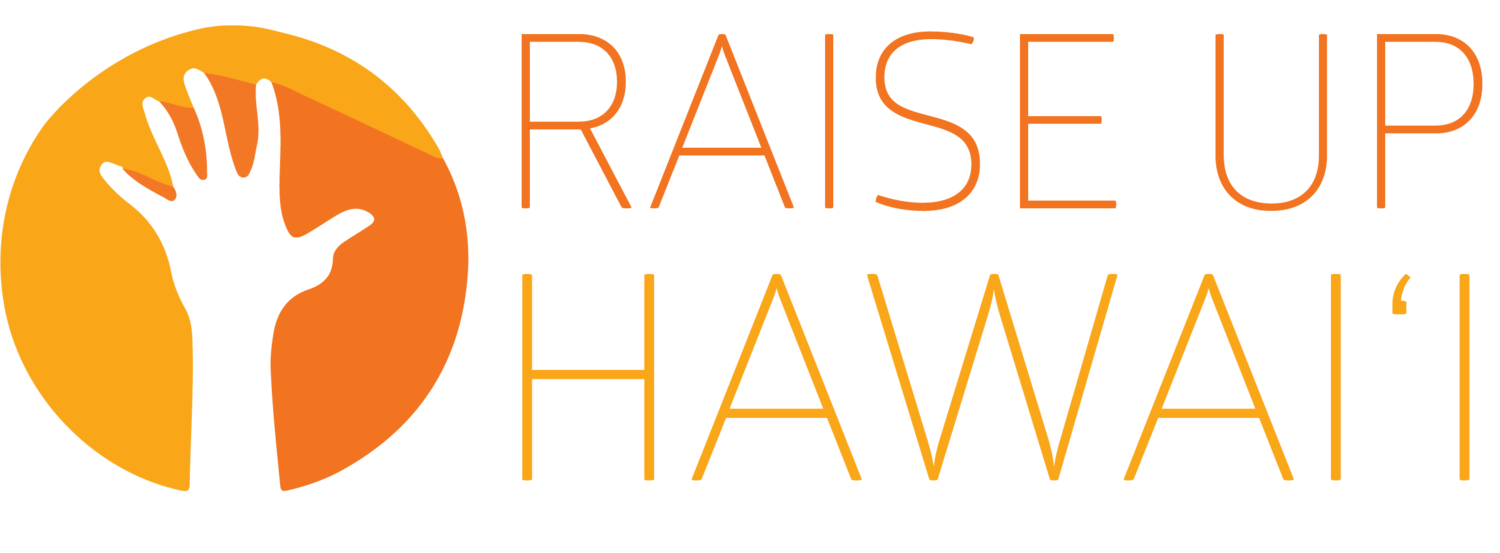Why A Living Wage?
There are 88,000 minimum wage workers in Hawaiʻi, earning just $21,000 a year for 40 hours a week. Most of them—60 percent—are women; more than 2 in 5 have at least some college education; 3 out of 5 are over the age of 25; and fewer than 1 in 10 are teenagers. Many of them work more than one job to make ends meet. These are our friends, our neighbors, our family members, our students, and even some of our teachers.
After 25 years of intense study, peer-reviewed research and multiple real-city and -state experiments, it’s undeniable that strategic increases in the minimum wage aimed at shoring up the widening gap between income and cost of living are good for both the economy, and the workers that power it. Raising the minimum wage to a livable level—a Living Wage—would give Hawaiʻi’s consumer economy a massive boost while giving Hawaiʻi’s working families the financial opportunity to thrive here in our island home. A Living Wage would rebuild the bridge from working class to middle class that is the hallmark of the American Dream.

